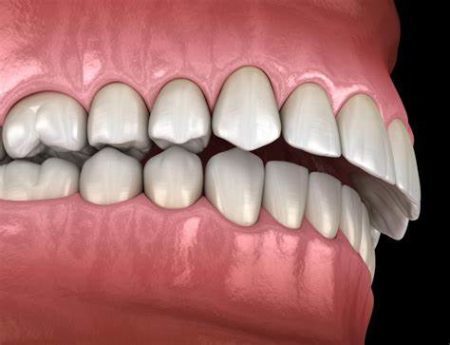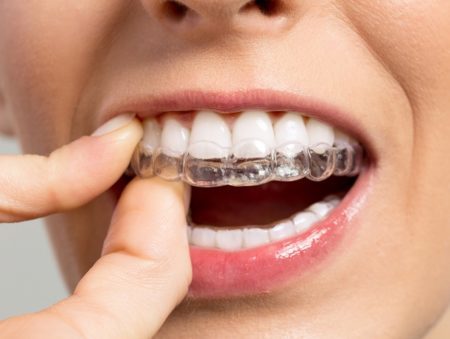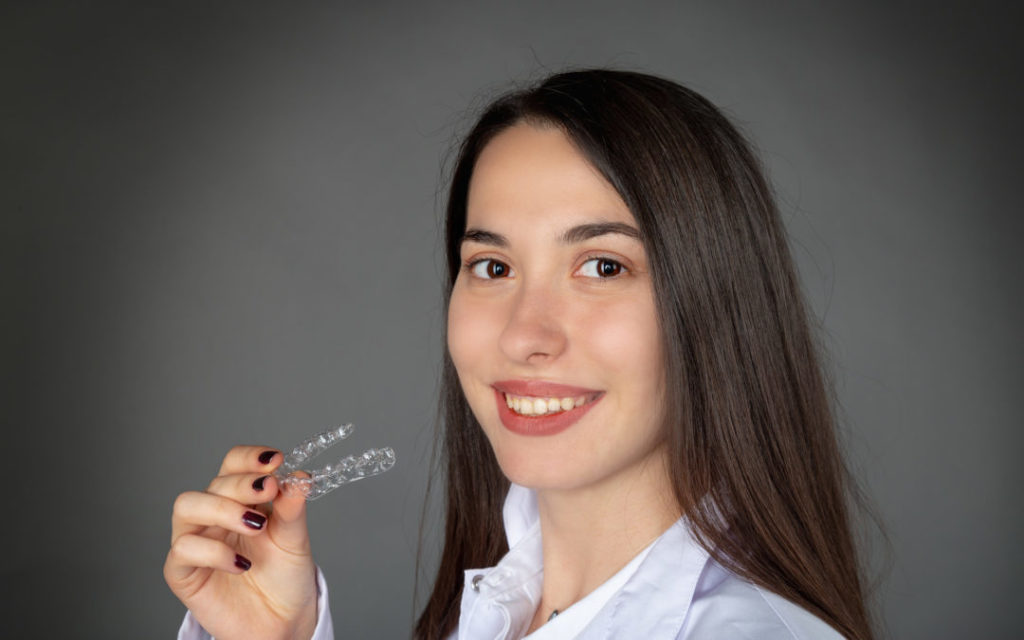The normal overlap between the upper and lower teeth is called an overbite. Depending upon the position of the upper and lower teeth, everyone has a varying degree of vertical overlap. When this vertical overlap is too less or too much, it requires correction.
A faulty overbite is not evident in many individuals but can cause issues like teeth grinding, pain, and abnormal mobility. When an overbite is evident, most people seek orthodontic treatment for aesthetic concerns. This article gives a detailed overview of how and why overbites form and the best way to treat them.
Why do Overbites Occur?

Overbites can occur due to genetics, or hereditary reasons. When a child’s tooth erupts, it continues to do so until it finds an opposing tooth or teeth. So, when teeth erupt in random positions, they cause malocclusions like overbites.
Other reasons for an overbite include habits like tongue-thrusting and thumb-sucking. When a child sucks their thumb, it applies abnormal and excessive forces on the upper and lower front teeth, flaring them and retracting the lower jaw. As a result, the vertical overlap (overbite) and the horizontal overlap (overjet) increase.
Most parents feel that their child’s overbite will correct itself when the child grows up. However, in reality, it worsens, and they must correct it in adulthood.
Types of Overbites
A normal overbite is a vertical overlap of around 2 mm between the upper and lower teeth. Vertical overlap of 2 mm to 4 mm is considered a normal range.
People whose overbite lies in the normal range have an aesthetic appearance and a beautiful smile. Having an overbite lesser than 2 mm is noticeable, and instead of the upper teeth covering the lower front teeth, they meet on their biting edge.
The lesser the overbite, the more visible, the lower teeth are, giving an unaesthetic smile. People with no overbite have a visible gap between the upper and lower teeth even when the jaws are meeting. This is called an open bite.
In the case of an excessive overbite, the upper front teeth are more visible than the lower front teeth that remain hidden from view.
Overbites can be of two types– dental and skeletal
An overbite that arises due to improper teeth alignment results in a dental overbite. The jaw alignment is usually normal and well-balanced, and the overbite is only due to improper teeth alignment. Treating dental overbites is easy as they do not require surgical procedures.
When the upper and lower jaws are not well aligned, or one jaw is smaller than the other, it gives rise to a skeletal overbite. When skeletal overbites are minor, they can be corrected using non-surgical orthodontic procedures. However, in severe skeletal overbite cases, surgery is required.
Why Should an Overbite be Corrected?

Most often, people refuse to get their abnormal overbite corrected due to lack of interest, duration of treatment, or cost. But, if you thought the only reason to correct an overbite is when it affects aesthetics, here’s what you need to know.
Regardless of the severity of your overbite, if left untreated, it may result in severe dental, skeletal, and TMJ-related complications.
If an overbite is left untreated, here are some problems that may occur:
- Teeth grinding, resulting in wearing a way of teeth
- Tooth mobility
- Pain and sensitivity in the upper and lower front teeth
- Increased tendency for tooth decay and cavities
- Gum and bone pain or infections
- Jaw ache
- Severe and frequent headaches
- Speech difficulties
- Pain on chewing and biting
- Abnormal loosening and loss of teeth
- Changes in facial structure that can affect one’s psychological health
How is an Overbite Corrected?
If you have an excess or lesser than the typical overlap between the upper and lower teeth, you should consult your dentist or an orthodontist who treats these conditions. Though overbite issues develop primarily in children and worsen as they grow older, many adults also have overbite issues.
Regardless of the individual’s age, anyone with an abnormal overbite requires treatment. The treatment plan for overbites depends upon the individual’s age:
In children, an overbite is corrected by combining one or more of the following options:
- Removal of any over-retained milk teeth to make space for the permanent teeth
- Using a growth-modification device to harness the child’s jaw growth and correct an imbalance in jaw and teeth alignment
- Fixed braces
- Retainers like Hawley’s with a bite block
Overbite treatment options in adults include:
- Braces: Any type of braces– metal, ceramic or clear aligners, can be used to correct an overbite in adults. Though lingual braces may be used to correct overbites, they are not preferred due to technical reasons and the discomfort they cause. Using SD Algin’s clear aligners is one of the most comfortable and successful ways to correct an overbite in adults.
- Surgery: When adults present with a severe overbite, or if the overbite is skeletal, surgery may be needed along with aligner braces to correct it.
- Removal of teeth: In cases where overbite has resulted in severe mobility of the upper and lower teeth, these mobile teeth may be removed and the missing teeth replaced with implants or crown and bridge to restore the individual’s smile.
Key Takeaway
Even though people rarely notice overbites, they have the potential to wreak havoc in the mouth and cause a series of dental issues. When the overbite is over 4 mm, it needs to be corrected by an orthodontist with the right treatment plan.
Correcting an overbite helps restore the form, function and aesthetics of the teeth and gums in the front teeth region.
If you or anyone you know has an overbite issue, visit your nearest Sabka Dentist clinic to consult with our orthodontist. Book your appointment today!





